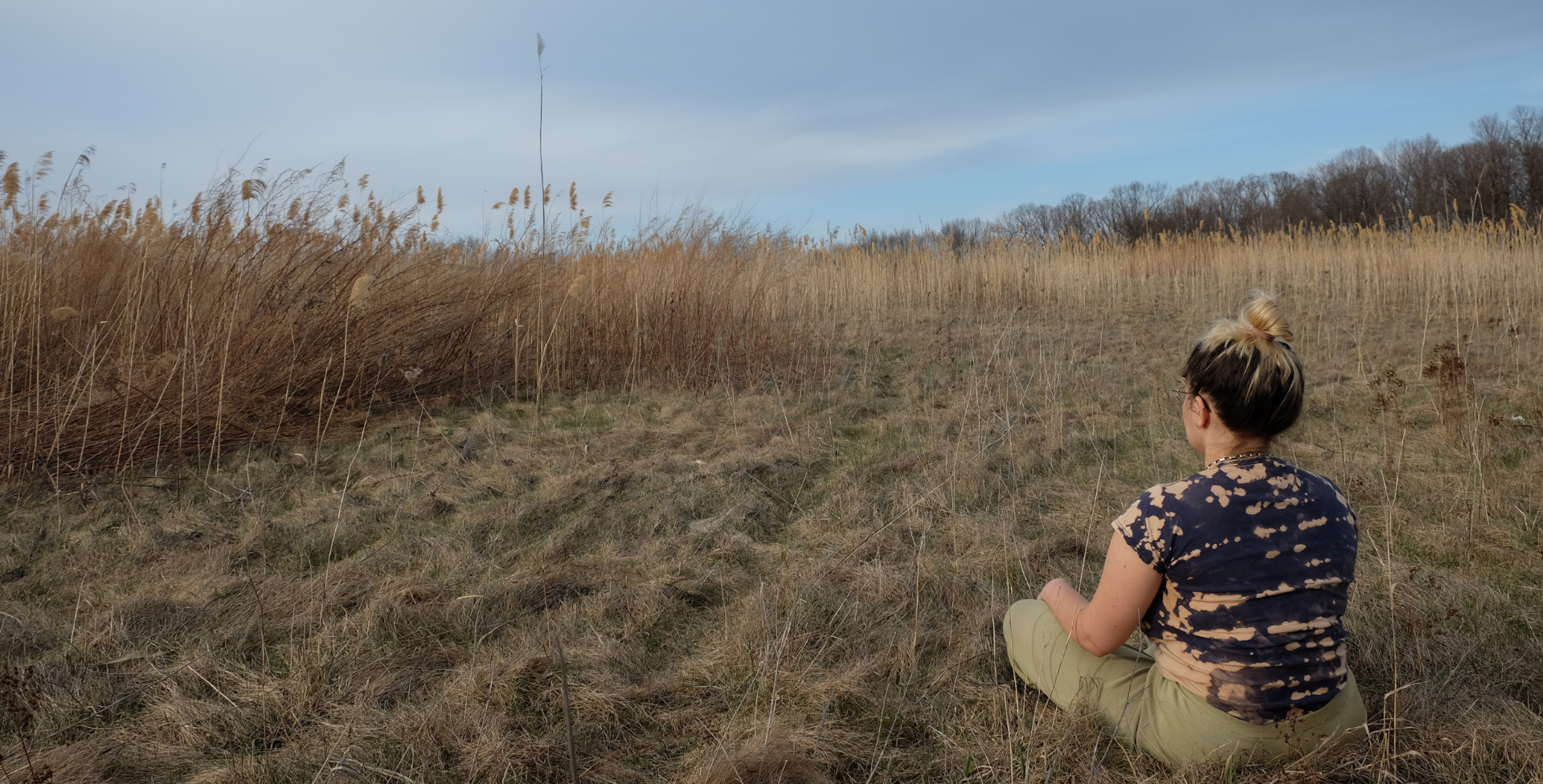

As someone who knows the to-do items on their day planner for three weeks from next Wednesday, I confess the pandemic did a number on my mind. Days spent staring at screens, isolating myself in my apartment, and worrying about members of my family, friends, and the future fueled racing thoughts about everything and anything. I worried about things I’d completed days prior just in case something phantom popped up overnight. I also experienced frequent bouts of negativity and anxiety clouded every thought, action. I criticized my lack of productivity. Yet, it felt like all I did was work. I longed for a way to rest my mind.
Mindfulness meditation should teach you to try to sit with things as they are.
For relief, I tried something I had once tried before — meditation. And I’m not alone. It’s estimated that between 200 and 500 million people meditate worldwide with more than 14% of Americans having tried meditation at least once. And as countries implemented some sort of lockdown and people began spending the majority of the last year cooped up inside, the practice has surged in popularity with meditation app usage spiking during the pandemic.
I decided to revisit this practice in a pandemic-informed manner by taking it outside. Being trapped indoors, I felt like my home was consuming me. So, like others, I ventured out. Taking walks and daily meditations outdoors served as a way to ensure I left my home. And every time I felt overwhelmed or my thoughts began to ramp up, I simply walked outside. At first it seemed crazy, dropping everything and leaving work in progress. But for the first time, I began to take in my neighbourhood in a relaxed manner rather than rushing by the trees, homes, and animals on my way to school, work, my pre-pandemic life. Sitting outside, I began to see my surroundings — in a perfect nook, a squirrel hit a nut against the tree for the 50th time, and a distant meow fluttered past me as the wind blew through, leaving my ankles chilly.
Three mindfulness meditation teachers and facilitators recorded these short, guided sessions specially for Upstate Unearthed to introduce you to meditation as a way to help manage stress and fatigue.
Sarah Shangraw, mindfulness meditation teacher and senior facilitator at Studio BE, a mindfulness and yoga studio in Pennsylvania, calls these moments “the vast interconnected web of life.” She explains that realizing what exists around us combats feelings of separation and isolation. “It’s profoundly healing,” she says. “We’re held and supported by that web and anything we do contributes, helps shape it, and supports others.”
Meditating in nature offers a tangible and accessible way to ease away from compiled chaos. Creative Director Anne-Marie Emanuelli of Mindful Frontiers, an educational meditation center in New Mexico, says we understand that we can’t predict or alter the future or past. “By focusing on the present moment, we can realise that all is actually well as long as we’re breathing and aware,” she says.
Taking a moment to tap into the world around you also helps regulate work-life balance. As reported by the University of Alabama at Birmingham, Assistant Director of the Translational Research for Injury Prevention Laboratory Ben McManus says pressures have increased due to the “blurred boundaries” created by remote working, social isolation, and quarantine fatigue. “In a traditional work setting, we have a fairly distinct transition from work to home — the commute,” he says. “The commute has been found to be considered a useful break and boundary between work and home.” That absence of boundaries amplifies and extends the stress and the fatigue.
A woman walks towards the edge of the frozen lake overlooking the Beaver Lake Nature Center hiking trails in Baldwinsville, N.Y. Photo by Blessing Emole.
And nature can help amplify meditation’s benefits. A study on the mental health of college-aged students shows that a minimum time dose of 10-20 minutes spent in nature has beneficial effects. Nature-rich environments have proven to be psychologically and physiologically beneficial (however, the same was not seen spending time outside in urban settings).
To boost the practice’s effectiveness, award-winning wellness author Nita Sweeney reminds us that gentleness is a necessary element of meditation. “We need to be careful to not add another layer of shame,” she says. Meditation should be a judgement-free zone, a time spent taking watch of your thoughts and reactions and allowing your mind to wander. “It’s noticing that you’re gone, and the gentle bringing back that is actually the meditation process,” Sweeney says. Called equanimity, this practice nurtures an open, non-judgmental state of mind that enables you to create a caring attitude toward yourself, be more productive, and feel less alone.
“Mindfulness meditation should teach you to try to sit with things as they are,” Shangraw says. “That's hard because we always want them to be different.”
So with or without a pandemic, the next time you’re hit with spurs of stress, anxiety, and uncertainty, or feel as though you’re stuck and at a standstill, take a few minutes to address these feelings by creating a gentle encounter with nature. That break can help refocus concentration and rebuild a sense of wholeness by untangling the mind, the heart of all the chaos.

Our pursuit of outdoor joy is remiss without the acknowledgement of the occupation of unceded Indigenous land. We are students and journalists working, writing, and living on the land of the Haudenosaunee Confederacy, comprising the Six Nations made up of the Mohawk, Onondaga, Oneida, Cayuga, Seneca, and Tuscarora nations. However, acknowledgement is not enough. Read More.